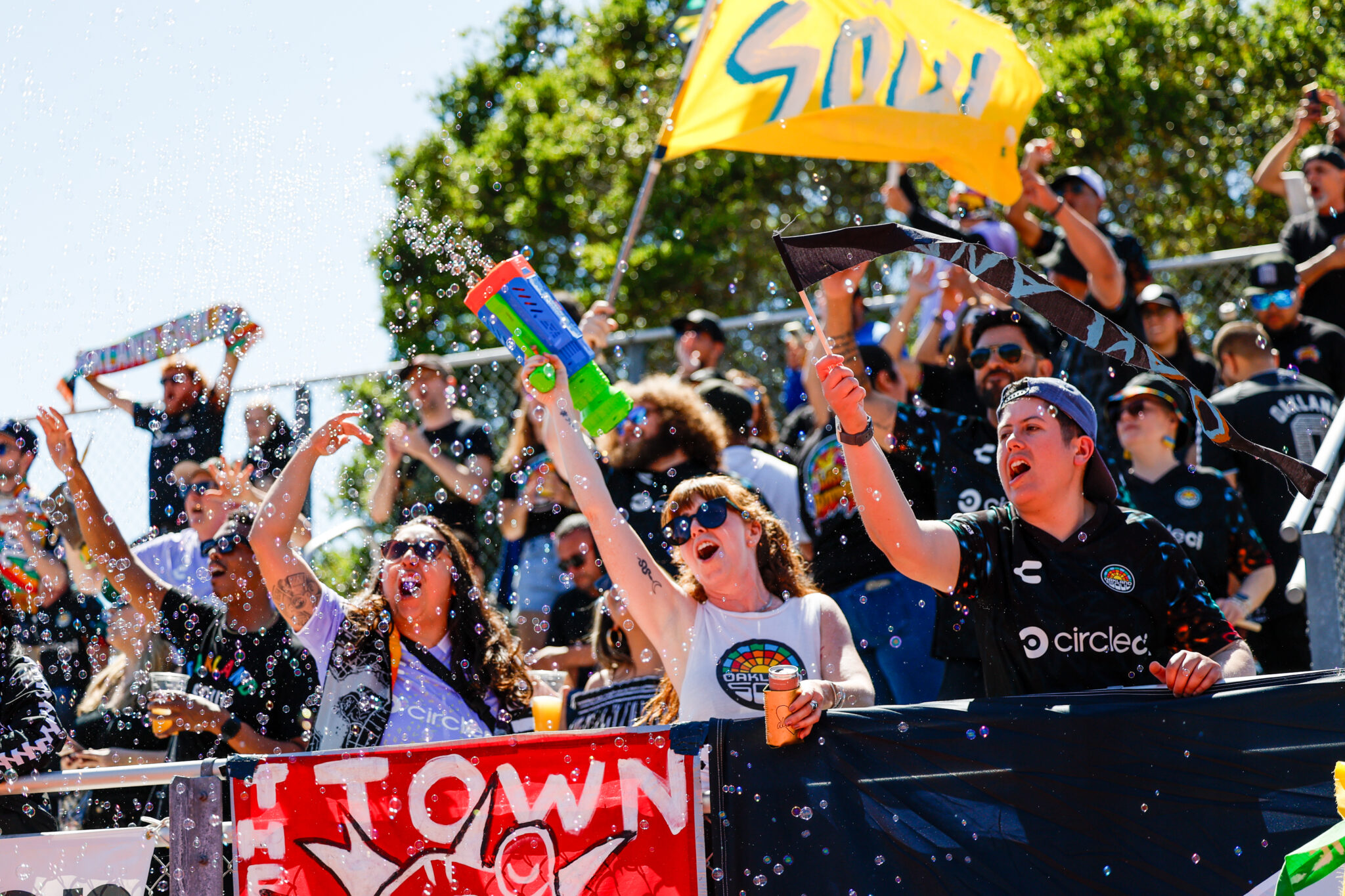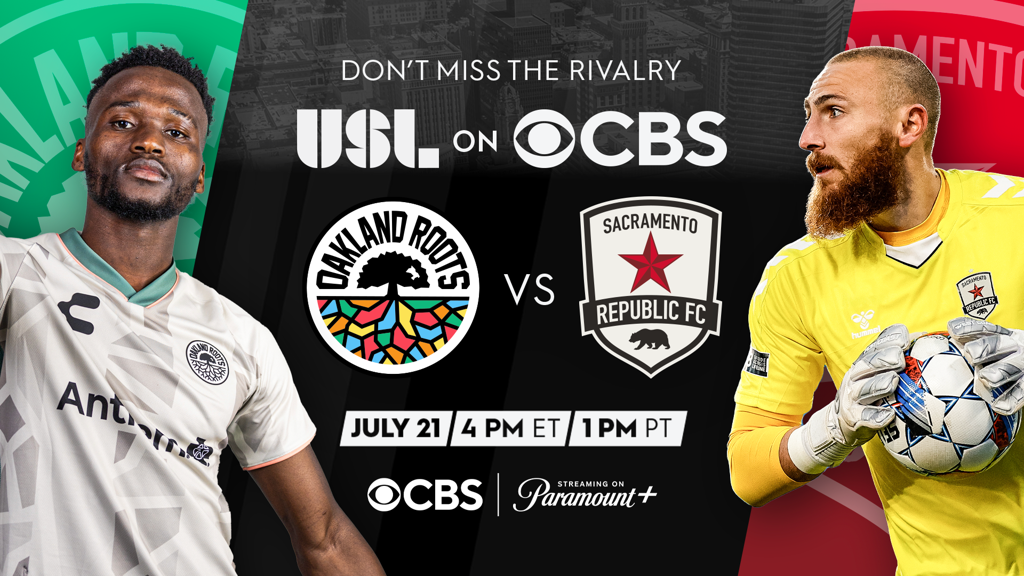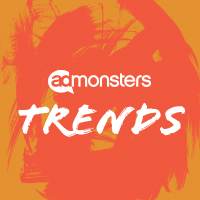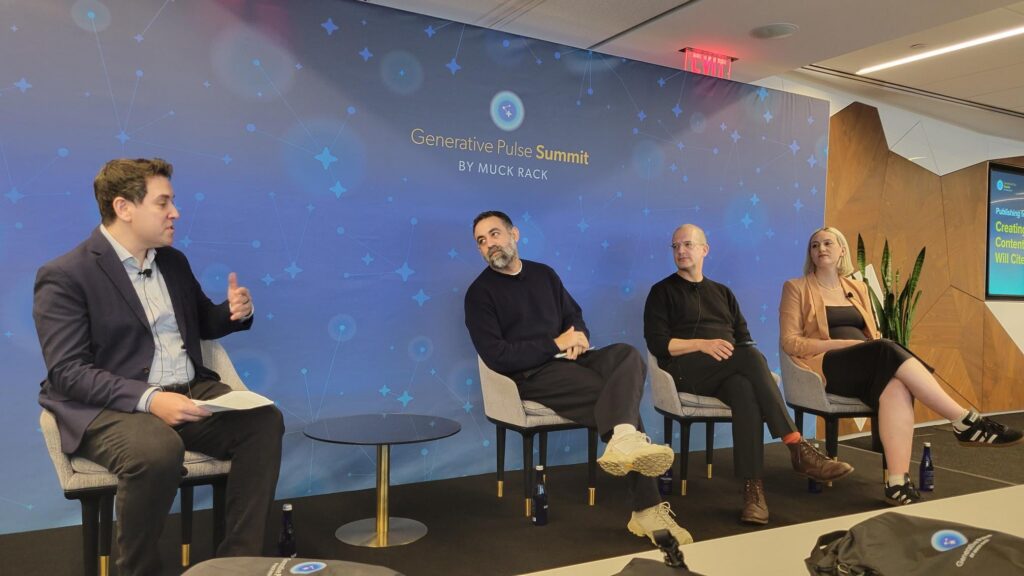
The North America-based United Soccer League, which encompasses several men’s and women’s leagues, a player development academy and a national youth platform, recently experienced its busiest matchday in its 38-year history, amounting to 72 games across four of its leagues over the course of 12 hours. It’s a big win for the organization, whose mission is to drive soccer forward in the United States and Canada. We spoke to the league’s CMO, Greg Lalas, a former pro player and product of the American soccer system himself, who is determined to grow the league’s properties through taking a grassroots, community-first approach to storytelling.
Chief Marketer: How has your history as a former professional soccer player influenced your work in marketing the league?

Greg Lalas, CMO at United Soccer League: I have a long history in the sport of soccer, going all the way back to my childhood. I’m a product of the American soccer system, and I’ve always believed in what the game can provide to a person or a team or a community, and that goes up through your entire life as you transition through being a youth player to an elite player, to maybe a professional player… and now, you’re a fan. Ultimately, after I stopped playing and retired from being professional, I realized that what I cared most about was actually the stories around it—thinking about my story, thinking about my teammates’ stories, thinking about my friends’ stories as fans.
CM: What are the challenges to marketing the league as a whole?
GL: No one is a fan of a league. Everyone’s a fan of the club. So at the league, it can be a little bit complicated and difficult to understand what it is you’re actually marketing. Because what you’re actually marketing is the clubs themselves, but you’re trying to do it in a more cohesive way that gets a sense of scale and impact. A league marketer’s job is to burnish the brand of the league that says, ‘the community that this club is a part of is meaningful.’ And that’s what these stories are meant to do.
CM: From a marketing perspective, what partners have you leveraged to do that? What has fueled the growth of the league?
GL: The clubs ultimately become that driver of growth. So as they are growing their fan bases, the whole pie grows a little bit more. This year, for example, in our top division, which is called the USL Championship, we have a new club called Rhode Island FC. They’re really having an impact in the community there.
What’s fascinating about the USL is that we have five adult properties in the soccer space that includes three professional leagues. And then we have two youth properties as well. All told, we have teams playing in about 200 communities across the United States. So our ability to grow what we’re doing includes expansion into communities that are hungry for the game, and then working to use soccer to unite those communities.
But then there are other tools. We launched new TV agreements this year. A vast majority of our games are on ESPN platforms, and then we have a new exciting deal with CBS Sports. And that has really helped us to drive [the league forward].
CM: In what ways are you tapping social media to grow the brands?
GL: We lean into social—a lot of organic social—at the national level. We’re not doing a lot of paid media. We do a lot of national social storytelling, and then we also try to drive as much earned media as possible. We’re telling our story on our own channels, and we’re helping other people to tell our story. From a social standpoint, we’ll partner with some of the larger soccer platforms out there, whether it’s a Footballco—who run goal.com—who have a massive presence in the soccer space, or we’ll work with groups like 433 in order to help drive our story.
Because right now, one of the audiences that we think can move the needle for us is at the national level. There is a big soccer audience in the United States. They are young. They get a lot of their information on social. They have a pretty high household income. They’re very digitally-savvy. So we want to go to them that way.
And then there’s the community impact on the ground that our clubs are doing day to day to drive engagement with the fan base in their local communities. And then they work to drive people into the stadiums and to drive corporate sponsorships at the local level. We are just starting to move the needle with our national corporate sponsorships. We’ve had a bunch of new partners this year.
CM: To what do you attribute the increase in sponsorships?
GL: There are a couple of factors that are involved. One is that we are a community-based operation. We want to be connected with the communities that we’re in, and I think that that is resonating with partners. The second thing is that we are making inroads in terms of driving awareness and interest in who we are and what we’re all about.
The third thing: there is an unprecedented runway for soccer in America right now, when you look at the next four to five years: Copa America this summer, the Olympics this summer, the Club World Cup next year, the World Cup in 2026, and potentially the World Cup in 2027 for the women. And then the Olympics in 2028 in Los Angeles. Soccer is going to be everywhere.
You’re also seeing growth in soccer as an industry in the United States. Lionel Messi, obviously, is a big story in the soccer world in the United States. People are recognizing that soccer is having an impact in local communities. And the USL is a big part of that. We believe that our brand is the heartbeat of American soccer because we’re in so many communities.
Another thing I would say: We have made a conscious strategic decision in TV that we want to be the most widely available soccer league in America. A lot of sports leagues are moving behind paywalls, where we have tried to go the other way. We’re trying to be on ESPN platforms, on CBS platforms. We have a lot of games on local linear.

CM: What are some examples of community involvement within your different clubs?
GL: Our clubs get down onto the ground and work with their local communities. An example is Forward Madison. They show up as the representation of the city of Madison, Wisconsin, outside of the university. They’re out at the [city’s] five mile bike ride, celebrating and representing a team there. They are making kits specific to various causes. When the war broke out in Ukraine, they had a Ukraine kit within two weeks to support various Red Cross efforts. Oakland Roots, another amazing club, have a women’s team called Oakland Soul. And they represent what Oakland is all about today. They did a Black Panther kit last year, for instance, and the money [benefited the USL United Black Players.]
They’re thinking about this notion of, how do we unite our communities and how do we create positive change? Our clubs are proud to support pride efforts. We have done a lot of work around suicide prevention over the years. We want to create change through soccer.
CM: That’s got to be helping to recruit younger generations of fans, who are expecting—and even demanding—that brands have a mission these days.
GL: I think it is. Soccer in general has always been a relatively young audience. You’re also seeing changes now in the women’s game. We have launched a women’s league called the USL Super League, which will kick off in August of 2024. It is a first division league, so we are holding ourselves to the highest standards possible in soccer in America. And we know that audience is very young, too. The data tells us young girls are fans in the soccer space. And they’re looking for that for inspiration.
It’s also very communal. People like to watch with their family and friends—especially women’s soccer. That’s the kind of thing that’s perfect for the USL because we believe in how we are moving the next generation up. That pathway is often talked about in terms of developing young players—because we have youth platforms, we have older development platforms, and then we have the pro. But that pathway also counts for fans. You’re a fan of that club, so as the club is having that community and social impact, that’s where those fans are coming into it.
CM: Soccer has that club-first mentality, which requires you to build from communities. What can other brands learn from this type of community-first growth?
GL: [It’s about] that pride in your local community. I spend a lot of time working with clubs on their branding, especially. We have new expansion teams joining all the time. We talk to them and say… You’ve got to go and talk to the community. What does this community mean to them? So that you can then mean something to them. You need to reflect back what they have. This is one place that the USL has really excelled. We have some of the best brands, crests, uniforms and kits of anywhere in the world. That can be the iconography of the city… or there’s a bird that’s native to this area… or whatever it is. That local connection. That is really what drives fandom in the end. This club welcomes me and wants me to feel like I belong here. What an amazing thing that is when you find that.
Editor’s note: This interview was edited for clarity and brevity.





